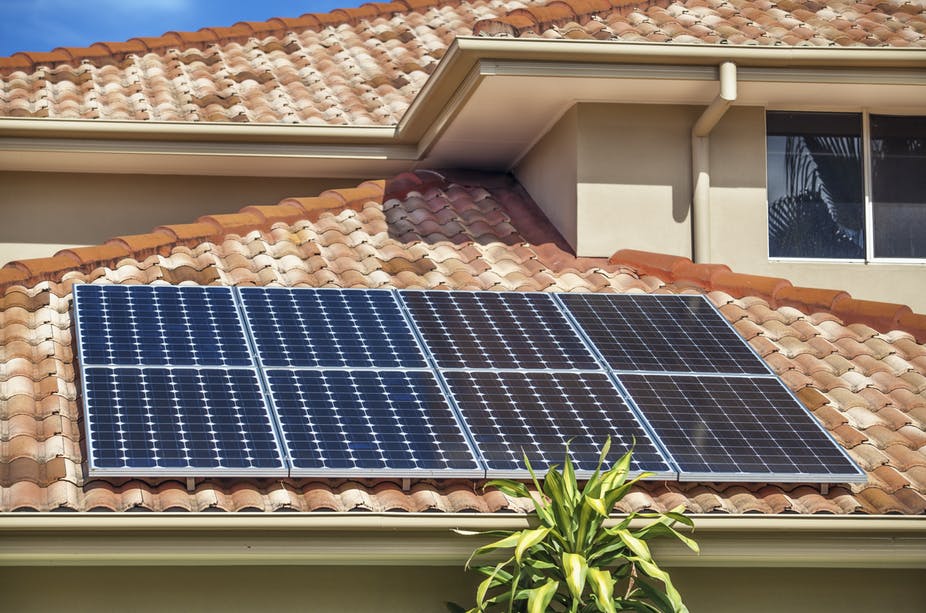Components of a photovoltaic solar energy installation

Each component is essential in the installation, and they are essential when using solar radiation, capturing solar energy and converting it into electricity. Let us know what these components are.
1. Photovoltaic module
It is responsible for converting the sun's energy into electrical energy. It is the main element of photovoltaic installations. It consists of a combination of multiple panels and provides the energy required for installation. The higher the demand, the more solar panels will be needed. They are made up of silicon cells, which are encapsulated and electrically connected to each other.
Depending on the cell manufacturing technology, photovoltaic modules are monocrystalline, polycrystalline or amorphous. This last type is in disuse due to its low efficiency compared to the other two.
2. Charge controller
Between the solar panel (photovoltaic field) and the battery, we find the charge controller. This is the link between them and the rest of the photovoltaic modules. Regulatory agencies are responsible for effective energy management. They prevent the system and battery from being overcharged and prevent them from being discharged at night. It can also provide information on the status of the system and constantly monitor the battery's state of charge, helping to extend its life. Thanks to these photovoltaic modules, we make sure that there is sufficient power supply.
3. Battery or accumulator
Batteries have three functions in photovoltaic solar installations:
- Store energy for a period of time
- Provide high instantaneous power
- Set the working voltage of the installation.
Once the panel power is regulated, it enters the battery. The sun's energy does not arrive uniformly, but depends on the time of day, the season of the year, or the cloudy sky at a specific time. Therefore, it is necessary to use a system that can store this energy to be able to use it when solar radiation does not arrive, such as batteries or accumulators. With the help of a charge regulator, the battery can be charged with the electrical energy generated by the solar panel.
4. Solar inverter
The basic element in photovoltaic solar installations. The inverter is responsible for converting direct current into alternating current or regular current, which must be equal to the current from the grid. That is, the energy collected by the solar panel is converted into electrical energy. If it is not used for inverters, we will not be able to use the energy generated by the panel. Once the energy is converted by the inverter, we can use it, feed it to the grid or store it in a battery. The following are the main characteristics of solar inverters:
- High efficiency
- Low consumption when no loads are connected
- High reliability
- Safety and short circuit protection
- Good regulation of output voltage and frequency
5. Supports
These components only have a fixed function. They are passive elements. The bracket fixes the solar panel in a fixed position protruding to the south. These brackets must be stable, strong and durable to withstand the wear and tear caused by the outdoors: weather, wind, snow, rain, etc.
Other photovoltaic components
Microinverters and power optimizers are other solar components that we may need in photovoltaic solar installations. The first is installed behind the solar panel to convert the direct current from the solar panel into alternating current. Its size is different from that of the inverter, which is much smaller, and the inverter works separately on each board. It can be said that this is a small group of individual investors in each group. The optimizer can also work on each solar panel individually, but instead of converting the DC power like a microinverter, it optimizes and maximizes the current before sending it to the central inverter.
With these elements, we achieve higher performance and individual monitoring of the panels. However, both microinverters and power optimizers are not essential in a photovoltaic installation.